We often hear that Indian rulers throughout history never invaded other countries – never established colonies in foreign lands. The above statements are made, no doubt, to extol the virtues of our Hindu/Buddhist civilization, with its emphasis on high philosophy, a penchant for peace and deep-rooted spiritual (as opposed to materialistic) values. The statements are generally borne out by history for the most part. There are, however, some very notable exceptions.
The earliest example of foreign invasion is that of Rama attacking Lanka (now Sri Lanka) and killing their great king Ravana. Admittedly, the historicity of Ramayana is questionable at best. But we cannot deny that the ethos for foreign invasions clearly finds favor in Ramayana. Of course, gods like Rama are judged differently from mere mortals like us. Then, we have all heard in a famous Bengali poem the legend of Vijaysingha, a prince from Bengal subjugating the same Lanka (a favorite whipping boy, it seems) and rechristened it as Simhala. A similar legend, I am told, exists in Sri Lanka that Prince Vijay came from somewhere in India and conquered Lanka. The historicity of this conquest, I gather, has not gotten universal approval from established historians. However, here also, reverence for his exploits have withstood the test of time, surely indicating our support for such endeavors, quite at variance with the ethos of non-aggression outside our borders.
Moving down in time, and based on firmer historical evidence, we find the great Maurya Empire of Chandragupta, Bindusara and Asoka (322 BCE to 232 BCE) extending in the northwest into what is now Afghanistan and Balochistan and into the borders of Persia (Iran). In 305 BCE, Chandragupta Maurya led a series of campaigns to capture the satrapies left behind by Alexander the Great when he returned westwards. Seleucus I Nicator fought to defend these territories, but both sides made peace in 303 BCE. The treaty ended the Seleucid–Mauryan war and gave Chandragupta control of the regions he sought, while Seleucus was given 500 highly valued war elephants in exchange (Wikipedia). Information from the internet, including maps, indicate Chandragupta’s empire in 320 BC to include the entire present-day Balochistan under Pakistan and extending up to the southeastern end of present-day Afghanistan including Gandhara, Kandahar and Kabul Valley (Figure 1). Asoka had made further additions in the northwest to his empire. A map from the internet showing Asoka’s empire in 265 BC (Figure 2) shows it to include entire present-day Afghanistan encroaching into the southeastern reaches of present-day Turkmenistan. Also, his empire expanded further across the Pakistani border in Balochistan into the eastern reaches of present-day Iran.
The Hindu Shahis are mentioned as rulers of Gandhara and Kabul Valley from 850 to 1026 CE. Kallar, the founder of the dynasty, was a minister under the Kabul Shahi rulers. He disposed the ruling Kabul Shahi ruler, Lagaturman and set up the dynasty. The Hindu Shahis had a tenuous existence with the local Saffarids and Samanids. The Samanids captured Kabul around 900 CE, but the Hindu Shahis continued in the Gandhara till they were conquered by Mahmud of Ghazni. The Hindu Shahis are little mentioned in Indian history and there is no definite information regarding their origins in India.
Probably the most stunning examples of campaigns outside the traditional borders of India are the naval exploits of the Chola kings of South India, Raja Raja Chola (reigned 985-1014) and his son Rajendra Chola (reigned 1014-1044). Raja Raja Chola’s naval forces captured the northern part of Ceylon (now Sri Lanka) and also subjugated the Maldive Islands. His son Rajendra’s naval campaigns were even more impressive. He captured the Andaman and Nicobar Islands and brought the whole island of Ceylon under his control by imprisoning their king, Mahinda. In 1025 CE, Rajendra led Chola forces across the Indian Ocean and invaded Srivijaya kingdom, attacking several places in Malaysia and Indonesia. The Cholas sacked Kadaram (the capital) and Pannai in Sumatra and Malaiyur in Indonesia. Rajendra also invaded Tambralinga, the Langkasuka Kingdom in modern Malaysia and south Thailand. The Chola forces captured the last ruler of the Sailendra Dynasty, Sangrama Vijayatunggavarman. The Chola invasion was the end of the Srivajaya empire. Srivijaya’s maritime power declined under Chola attack. After this, the Cholas conquered large portions of Srivijaya Kingdom, including its ports of Ligor, Kedah, and Tumask (now Singapore). For the next century, Tamil trading companies from southern India dominated Southeast Asia (Wikipedia). A map showing Chola kingdom in 1030 CE is presented in Figure 3.
Perhaps it will not be out of place to bring up the Mughal Emperor Shah Jahan’s encounters with the Uzbeks in 1645-1647. It is conceivable that it was inspired by his dreams of recapturing the Mughals’ ancestral home in those parts. This military campaign is notable for being the only time in recorded history that an India-based power ventured across the Hindu Kush to annex a Central Asian territory. Shah Jahan himself moved o Kabul to oversee the operations and two of his sons, Murad and Aurungzeb were involved in various phases. The Mughals ultimately failed to achieve their objectives and the war ended in a status quo with the Hindu Kush remaining as the western border of the Mughal empire. The Mughals suffered heavy losses in the campaigns, both financially and in manpower. A lot of the casualties were due to severe weather conditions.
Finally, there was the Sikh empire of Maharaja Ranjit Singh (1780-1839 CE), which extended from Khyber Pass in the west to western Tibet in the east. Ranjit Singh had several encounters with the Afghans in the borders, starting from 1823 with the defeat of a large army of Yusufzai north of the Kabul River. The Battle of Jamrud and his march through Kabul in 1838, in cooperation with the colonial British army stationed in Sindh, became the last confrontation between the Sikhs led by him and the Afghans, which helped extend and establish the western boundaries of the Sikh Empire. In 1838, Ranjit Singh with his troops marched into Kabul to take part in the victory parade along with the British after restoring Shah Shoja to the Afghan throne at Kabul. The Maharaja’s general, Zorowar Singh, after successful campaigns to Ladakh, Gilgit and Baltistan, marched into Tibet in 1841 and fought successfully with the Chinese Qing forces. He marched into Tibet at the head of a large army and within six months had conquered territory to the northwest of the Mayyum Pass. But then a strong Tibetan army descended down from Lhasa. He fought many a pitched action in the vicinity of Lake Manasarovar and was killed in the last one of these on 12 December 1841. A map showing the Sikh Empire from 1799 to 1849 is presented in Figure 4.
I contend that there are many more reasons for the relatively small number of incidences of Indian invasions beyond traditional borders other than our Hindu/Buddhist ethos. I rather think that over the years, India has had few very powerful kings and large empires. It is self-evident that unless one’s kingdom was on the borders of India, the intervening territory had to be subjugated before venturing across the borders. And the kings were kept busy fighting their neighboring kings as well as usurpers in their own kingdoms. India’s geography – the high mountains in the north and seas around peninsular south India was a further deterrent to potential ambitions of Indian kings regarding campaigns beyond the borders. The high altitudes of the Himalayas and the very cold climates for much of the year were always formidable obstacles to overcome. And campaigns across the seas required significant development of naval technologies. It is perhaps no accident that the great European colonies of Britain, France, Holland, Portugal, and Spain in Asia, Africa, and the Americas, all sprouted after fourteenth, and fifteenth centuries with the advent of newer naval developments.
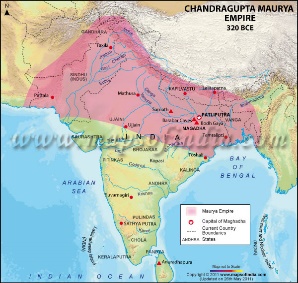
Figure 1 Chandragupta Maurya’s Empire
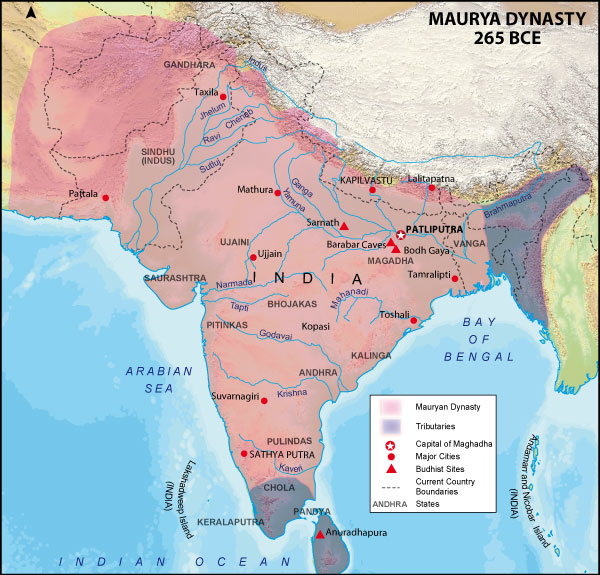
Figure 2 – King Ashoka’s Empire
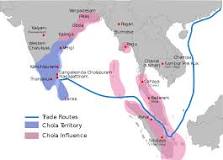
Figure 3 – Chola Kingdom 1030 CE
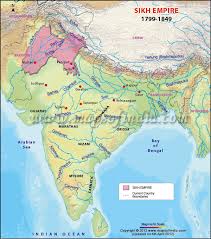
Figure 4 – Sikh Empire
REFERENCES:
- Chandragupta Maurya:
1. Wikipedia, Chandragupta Maurya
https://en.wikipedia.org/wiki/Chandragupta_Maurya
2. Romila Thapar, Early India, From Origins to AD 1300, University of Calif. Press, 2002, p176
3. Chandragupta Maurya: Empire to Ascetic (324-297 BCE)
https://www.livehistoryindia.com/history-of-india-2000-years/2019/12/17/chandragupta-maurya-emperor-to-ascetic-324-297-bce
4. Map showing the boundaries of the Mauryan Empire 320 BCE after defeating the Nanda Empire. It was first founded by Chandragupta Maurya
https://www.google.com/url?sa=i&url=
https%3A%2F%2Fwww.mapsofindia.com%2Fhistory%2
Fchandragupta-mauryan-empire-320-bce.html&psig=
AOvVaw25yuZ93lGvUip_nGAfTf5u&ust=
1587760065523000&source=images&cd=vfe&ved=
2ahUKEwifoemmsf_oAhXRATQIHS_0D-IQr4kDegUIARD9AQ
(b) Asoka Maurya:
5. Cultural India, Ashoka
https://www.culturalindia.net/indian-history/ancient-india/ashoka.html
6. Thought Co, Biography of Asoka the Great, India’s Mauryan Emperor https://www.thoughtco.com/ashoka-the-great-195472
7. Romila Thapar, Early India, From Origins to AD 1300, University of Calif. Press, 2002, p 179, 182
8. Maurya Empire during Ashoka, Ashokavardhana Maurya extended the Mauryan Empire. Map showing Mauryan Empire during Ashoka 265BCE with Boundaries and Cities where they ruled.
https://www.google.com/url?sa=i&url=https%3A%2F%2Fwww.mapsofindia.com%2Fhistory%2
Fmauryan-empire-ashoka-265-bce.html&psig=AOvVaw0DX–Ye9h4Gp3U4YTuCFLt&ust=1587682532524000&source=
images&cd=vfe&ved=
2ahUKEwjZxpq8kP3oAhWakJ4KHb5oBsIQr4kDegUIARD-AQ
(c) Hindu Shahis:
9. Wikipedia, Hindu Shahi
https://en.wikipedia.org/wiki/Hindu_Shahi
(d) Cholas
10. Wikipedia – Chola Invasion of Srivijaya
https://en.wikipedia.org/wiki/Chola_invasion_of_Srivijaya
11. Wikipedia – South-East Asia Campaign of Rajendra Chola – 1 https://en.wikipedia.org/wiki/Chola_invasion_of_Srivijaya
12. Map in article is from Wikipedia
13. Romila Thapar, Early India, From Origins to AD 1300, University of Calif. Press, 2002, pp365-366
14. Swarajya, “The wars that were won, Rajendra Chola’s Conquest of Southeast Asia” Oct. 29, 2017
https://swarajyamag.com/ideas/the-wars-that-were-won-rajendra-cholas-naval-conquest-of-south-east-asia
15. Britannica, Srivijaya, Historical Kingdom, Indonesia
https://www.britannica.com/place/Srivijaya-empire
16. Patheos, Hinduism – Exploration and Conquest
https://www.patheos.com/library/hinduism/historical-development/exploration-conquest-empire
17. Thoughtco, A History of India’s Chola Empire
https://www.patheos.com/library/hinduism/historical-development/exploration-conquest-empire
(e) Shah Jehan
18. Historum, Shah Jehan’s Central Asian Campaign
https://historum.com/threads/shah-jahans-central-asian-campaign-1645-1647.60196/
(f) Sikhs
19. Wikipedia, Dogra Tibetan War
https://en.wikipedia.org/wiki/Dogra%E2%80%93Tibetan_War
20. Wikipedia, Sikh Empire Sikh Empire
21. SikhNet, The Brave General Zorowar Singh’s Conquest of Ladakh and Tibet https://www.sikhnet.com/news/brave-general-zorawar-singhs-conquest-ladakh-and-tibet


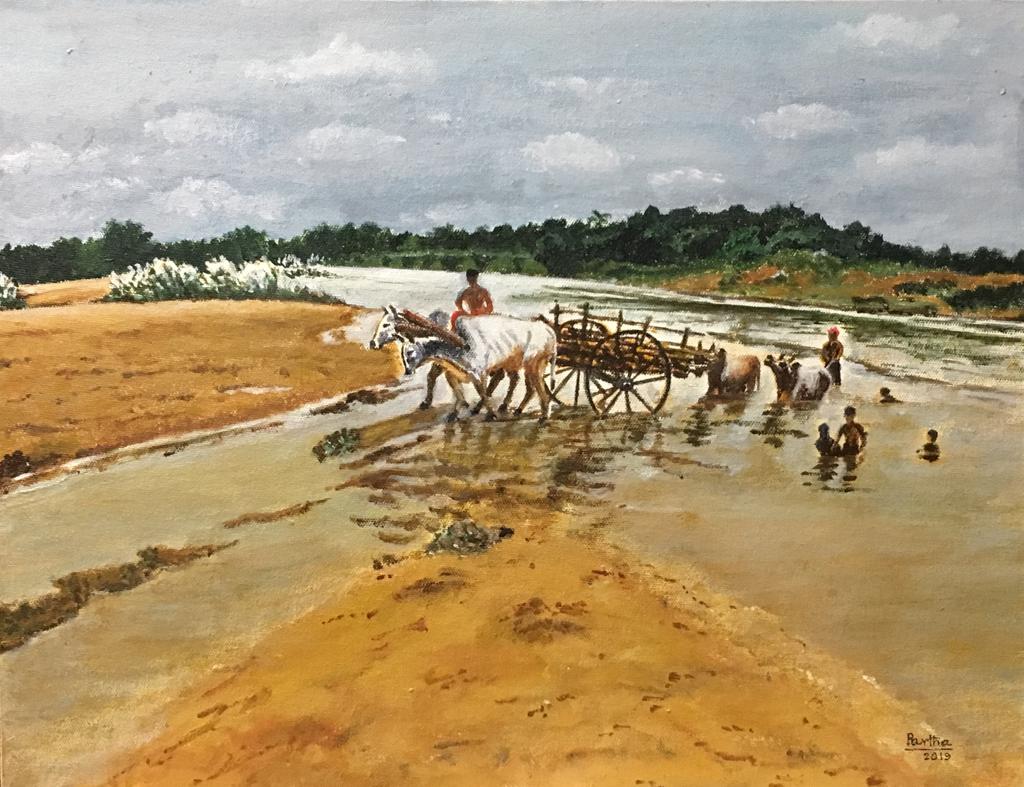













Comments »
No comments yet.
RSS feed for comments on this post. TrackBack URL
Leave a comment